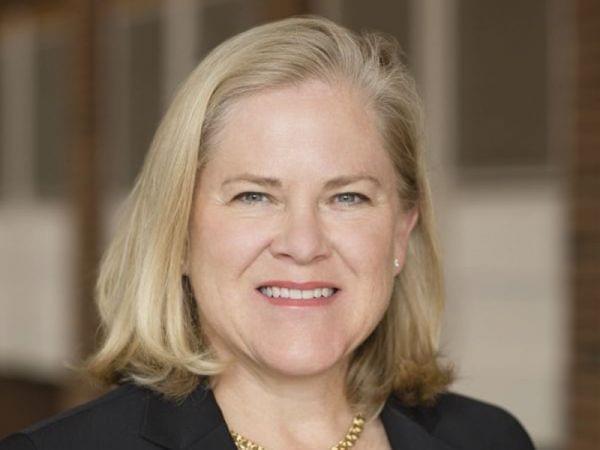Science In The American Supreme Court

University of Illinois College of Law
When the first colonists came to North America, they brought the rule of law with them. This was the English Common Law, which had been worked out over centuries of case management.
Following the Revolutionary War, American law began to evolve independently. Major changes commenced when John Marshall became Chief Justice in 1801. In Marbury v. Madison, he wrote the opinion that established the Supreme Court’s power to overturn laws passed by Congress if the Court finds them to be contrary to the Constitution. The Marshall Court also confirmed the supremacy of federal laws over the laws of the states. And John Marshall changed the way that the Court announced decisions, creating a majority opinion of the Court. Previously, the justices would each write their own opinions, which could harmonize or differ, and create confusion.
Important decisions followed. One key opinion evolved from a brief prepared by an attorney named Louis Brandeis on behalf of his client, the state of Oregon. In 1903, Oregon passed a statute restricting the number of hours that women could work in laundries. Curt Muller, the owner of a laundry, violated the law by requiring female employees to work more than ten hours a day. Muller claimed the statute violated the Constitution’s Contracts Clause, which generally prohibits the states from interfering with private contracts.
With the assistance of relatives and friends, Louis Brandeis located facts and figures that supported Oregon’s claim that women should not work in laundries for such long hours. He packed data and citations from factory inspectors, physicians, trade unions, and economists into his Supreme Court brief. Only two pages of the 100-page brief consisted of legal arguments. And he won his case for the State of Oregon.
The Brandeis Brief included some conclusory statements that we now regard as sexist. But the concept of introducing evidence to guide legal decision-making was revolutionary. It became a model for later cases where facts and science could help. In particular, social science evidence was used to help the Court rule against segregated education in Brown v. Board of Education, because that evidence confirmed the harmful psychological effects of segregation on African-American children.
It is comforting to think that the Supreme Court considers such information when it makes decisions that affect so many lives. We all need reliable, truthful information so that we can make informed decisions, both as private citizens, and when we vote. We need to know what products will harm us, and what policies will harm our communities and our country. We need to know what is true and what is not.
Justice Sonia Sotomayor once said, “You are not entitled to disagree until you understand.” Important decisions, judicial and civic, must flow from reliable information—not simply what it is convenient to believe.
Finally: what happened to Louis Brandeis? In 1916, this son of immigrants from Prague became the first Jewish-American on the Supreme Court, an eloquent and influential champion of free speech and the right to privacy. And some of the cases that came his way included facts and scientific analysis, which must have been gratifying.

